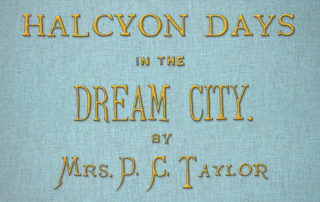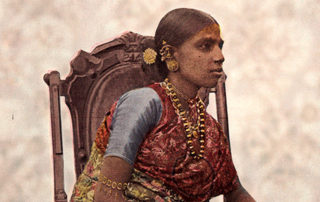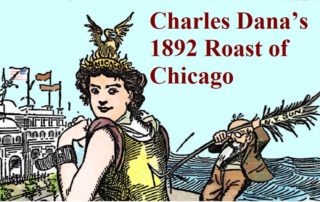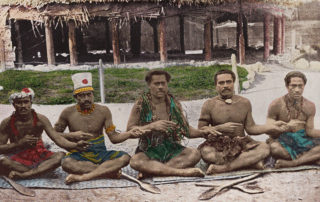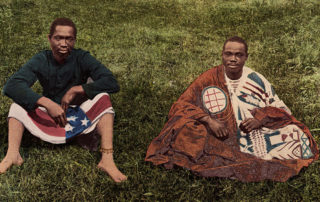“Halcyon Days in the Dream City’’ Part 2: The Plaisance
Halcyon Days in the Dream City by Mrs. D. C. Taylor Continued from Part 1 A May morning, cool but not cold, with a brisk wind, blowing, cloud shadows and sun bursts chasing one another across the deep blue sky. To-day we make our way straight from the 60th street entrance to the Midway Plaisance. When we have passed through that tunnel like passage under the intramural railway, we have left America behind us. We are in foreign countries [...]

